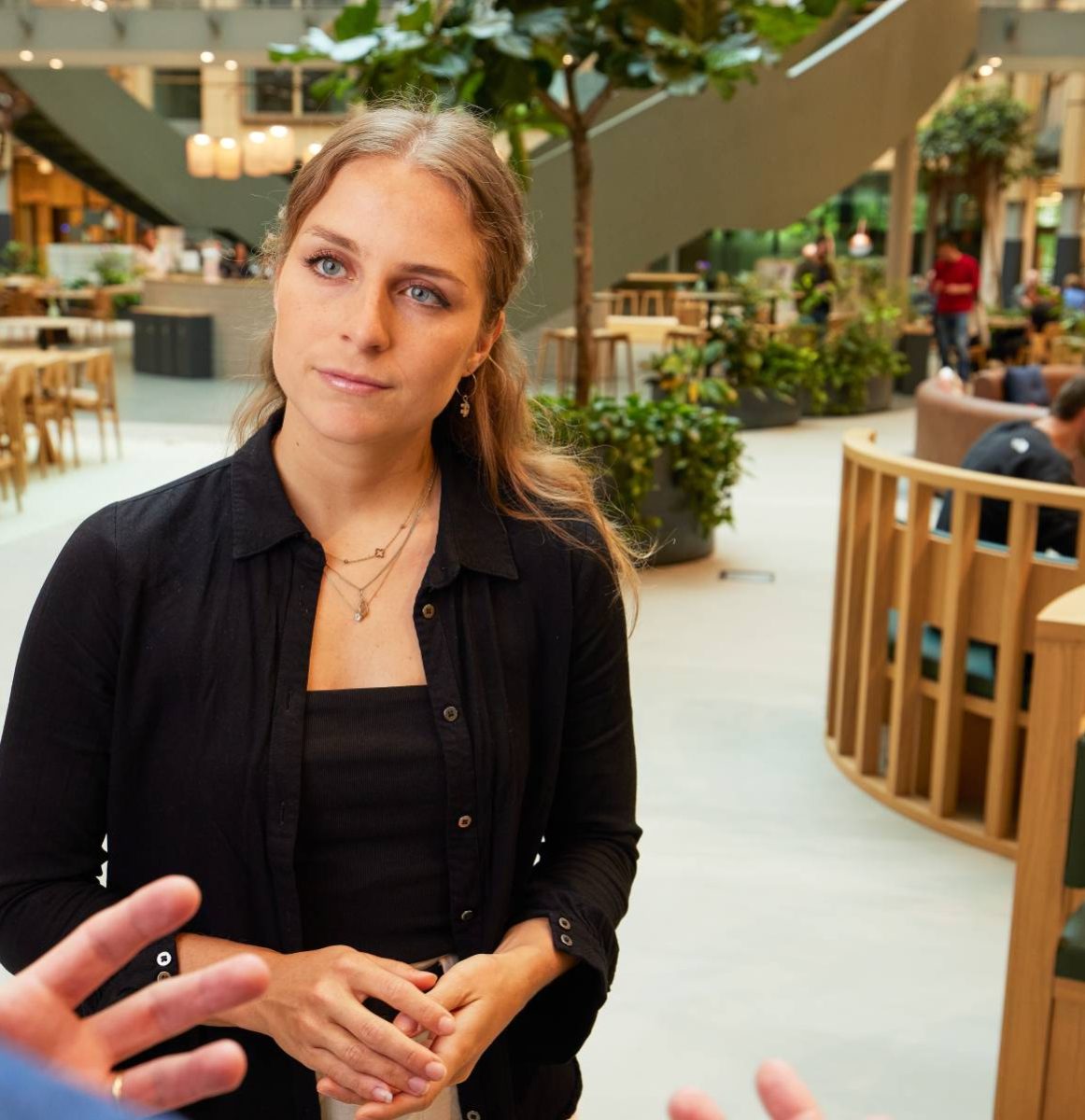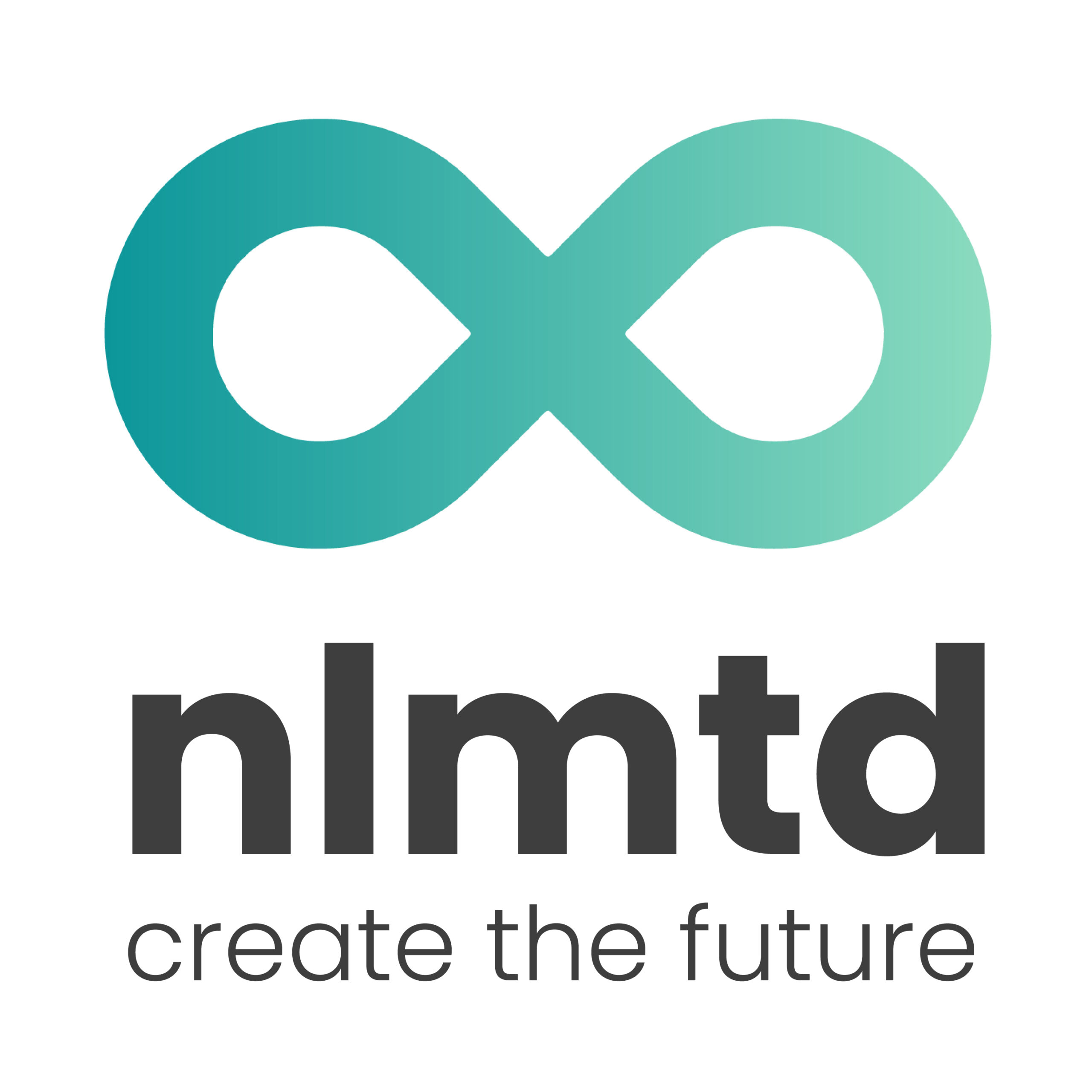Food & Agriculture
How to realize a successful food transition?
We are paying increasing attention to what we eat, primarily how it is produced. Fortunately, there is still much to be gained. By 2050, we aim to provide a healthy, sustainable, and balanced diet to about ten billion people on Earth. To achieve this, we must produce more sustainably and efficiently. How will this impact your organization, and how will you align your business with these goals?

Food value chain
While 820 million people worldwide still suffer from malnutrition, food is widely available in many regions. A more comprehensive view of the food value chain is therefore needed. Our goal is to address the challenges related to nutrition and the food transition together, aiming for a more sustainable and fair food system.

Our focus
Challenges in the food & agriculture value chain
Produce more sustainably and efficiently
The high Dutch productivity has a downside: loss of nature, biodiversity, water quality, and animal welfare. Key challenges include clever land use for arable farming, livestock farming, and greenhouse horticulture, as well as the optimal use of biomass in the food system.
Tell me more
Biodiversity and sustainable land use
Efficient production is about yield, nutritional value, and healthy soil. Due to biodiversity loss in the Netherlands, a careful choice of agricultural locations and innovative combinations with nature are essential for sustainable food production.
Tell me more
Restoring the balance of power in the food chain
In the food chain, power, income, and influence are skewed. Restoring the balance of power in the food chain requires that government and society jointly regain influence over the food chain.
Tell me more
Cutting food waste in half
Over 1.5 billion kilograms of food are lost annually in the Netherlands. Worldwide, even a third is wasted. Preventing food waste is crucial for a sustainable food system and for more efficient resource use.
Tell me more
Making choices
All these developments require strategic positioning and informed decisions, as well as the introduction of new products and services through innovation. This involves adopting different approaches to purchasing and production, focusing on sustainability and transparency, and exploring new ways to acquire customers and present propositions through commercial excellence, measurement, and digitalization.
In short, it demands a transition to a new, future-proof way of consuming and producing. The experts at nlmtd will assist you in achieving this through co-creation. In essence, it’s about working together to enable a successful food transition.






